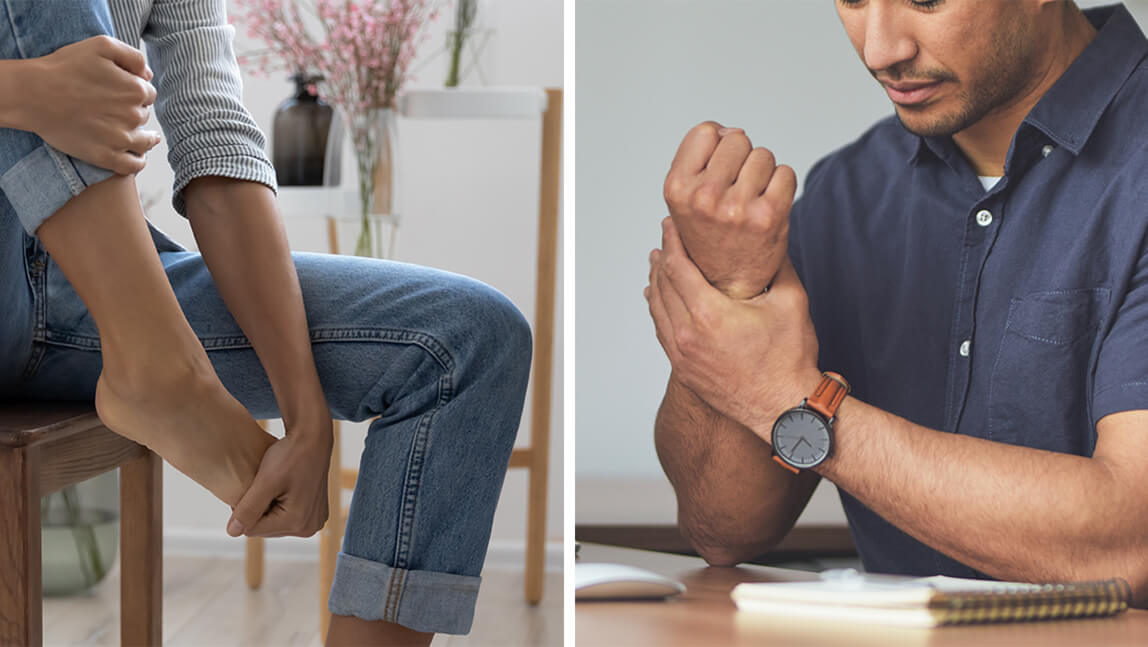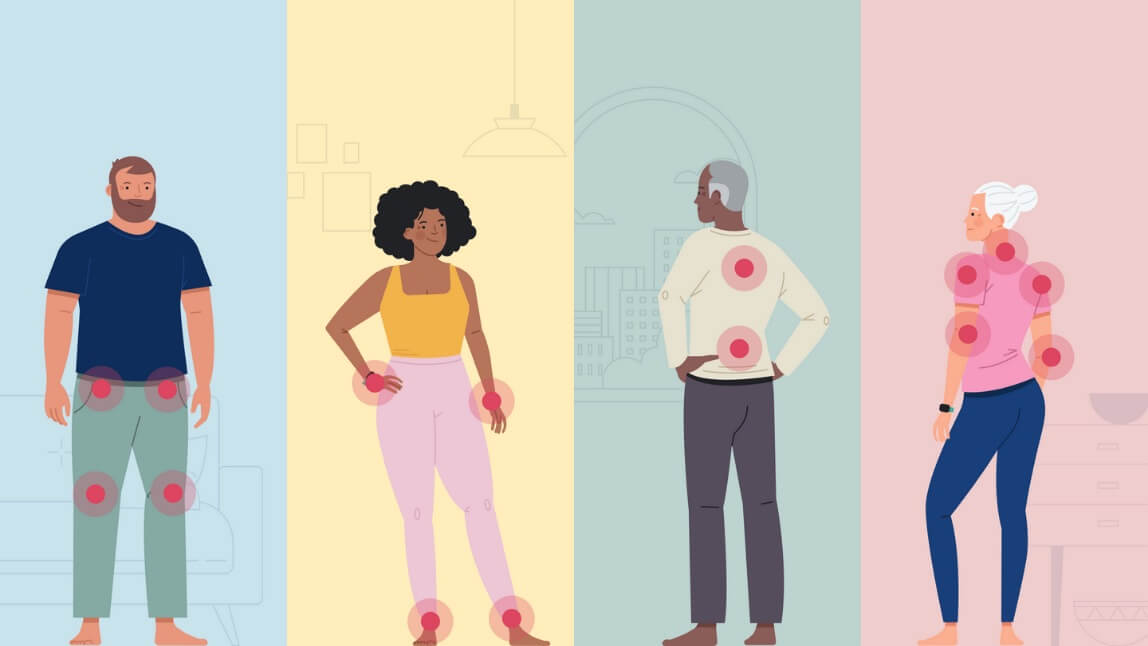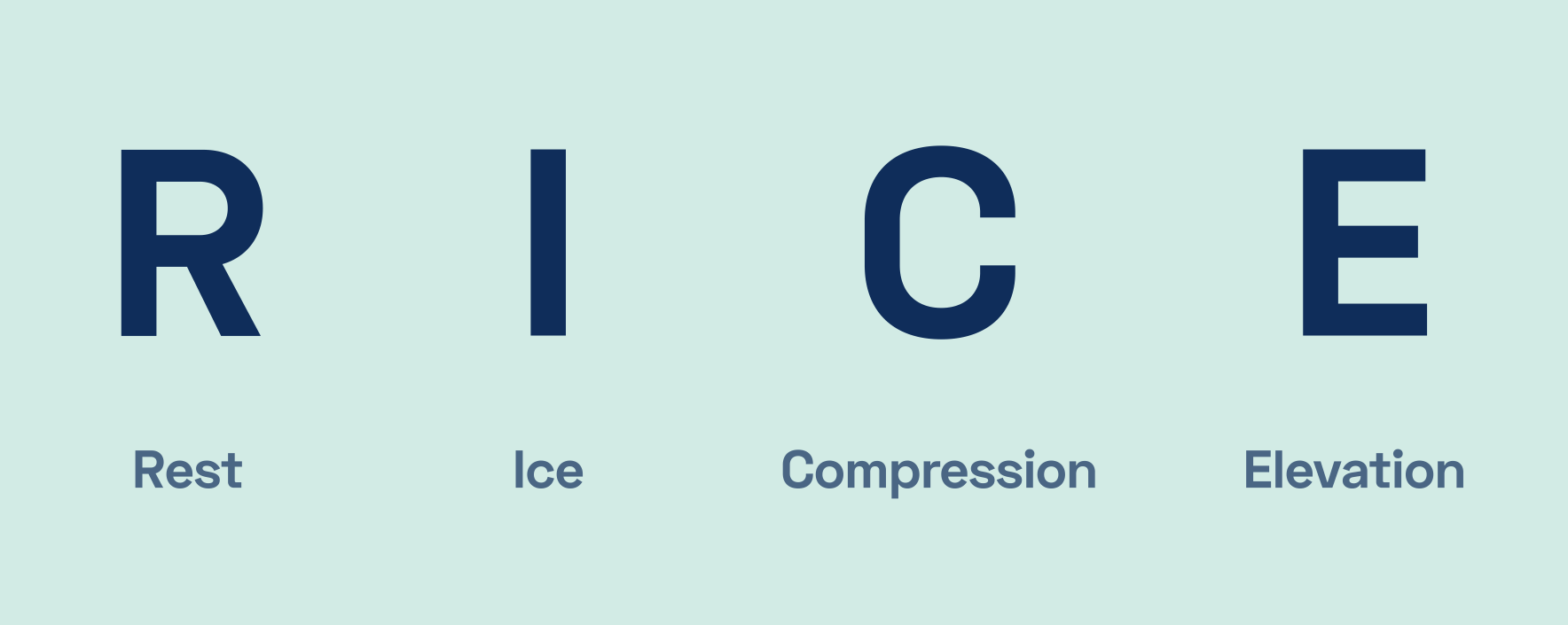Wrist + Ankle Sprains: Care and Prevention
Wrist and ankles are more likely to get sprained. That’s why it’s important to care for sprains right away and prevent them from happening.
6 min read

Further Reading
-
Investment will strengthen company’s clinical capabilities and treatments for musculoskeletal (MSK) conditions and chronic obstructive pulmonary disease (COPD)2 min read
-

Kaia Health Paves the Way for The Digital Healthcare Era
Contributed by: Peter Lasinger, 3VC venture capital fund Partner and Kaia Health Board Advisor3 min read -
Digital MSK For the Whole Body
With the new product launch, Kaia Health will offer next-generation MSK care that integrates with the existing care landscape.5 min read
